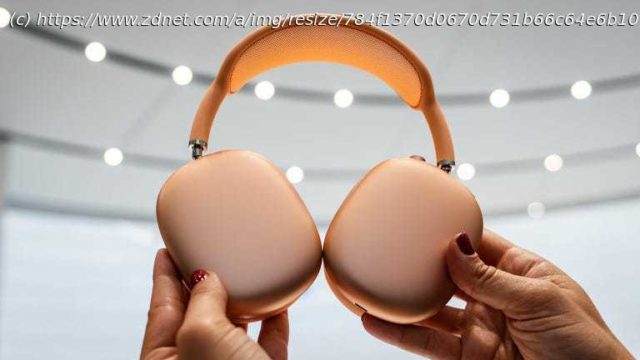Here are six ways Apple should have improved the AirPods Max to drive upgrades and stay ahead of the competition.
I love my AirPods Max. They sound fantastic, are a joy to use, and are a staple in my daily routine.
But after Apple’s recent refresh — if you can even call it that — I’m left scratching my head, wondering why Apple didn’t seize the moment to bring this product up to par with the innovation we expect. A few new colors and USB-C? That’s it?
First, the AirPods Max were originally released in December 2020. In tech terms, that’s practically ancient history. You’d think that after nearly four years, Apple would have found a way to make these headphones lighter and more comfortable.
They are hefty at 13.6 ounces (386.2 grams); after prolonged use, you start feeling it. The weight is a serious barrier for many potential customers — almost as much as the premium price tag. Lighter competitors have figured this out, so why hasn’t Apple? The product’s weight remains unchanged from the original version, and no adjustments were made to improve comfort or portability.
Weight is not the only issue with the AirPods Max. Apple also missed an opportunity to improve the overall comfort and ergonomics. Users often experience discomfort due to heat buildup during prolonged use. Apple could have introduced better heat management or redesigned the ear cushions for improved airflow, making the headphones more comfortable for extended listening. Lighter materials or a redesign of the ear cushions could have significantly enhanced the user experience, especially considering the premium price.
Apple has been pouring resources into its AI-driven Apple Intelligence initiatives, focusing on features like personalization and productivity, and the Apple Watch has also received some minor AI/ML improvements, such as the Vitals app in WatchOS 11.
However, the Apple Watch shouldn’t be the only product in the company’s ecosystem that utilizes health sensors. Rumor has it that AirPods Pro 3 may have some health tracking capabilities. But for Airpods Max to have no health sensors at all? This is especially surprising given the larger form factor of the AirPods Max, which would provide more space for advanced sensors and health-focused innovations.
Imagine if Apple had incorporated brainwave monitoring sensors — similar to those in Master & Dynamic’s MW-75 Neuro headphones — that track attention, focus, or cognitive health. These could have also extended beyond health monitoring into productivity features, helping users maintain focus or track cognitive engagement during tasks. This would have allowed Apple Intelligence to give users real-time feedback on their mental state and productivity. Instead, Apple failed to explore this direction, leaving a noticeable gap in the potential of its AI and health ecosystems.






